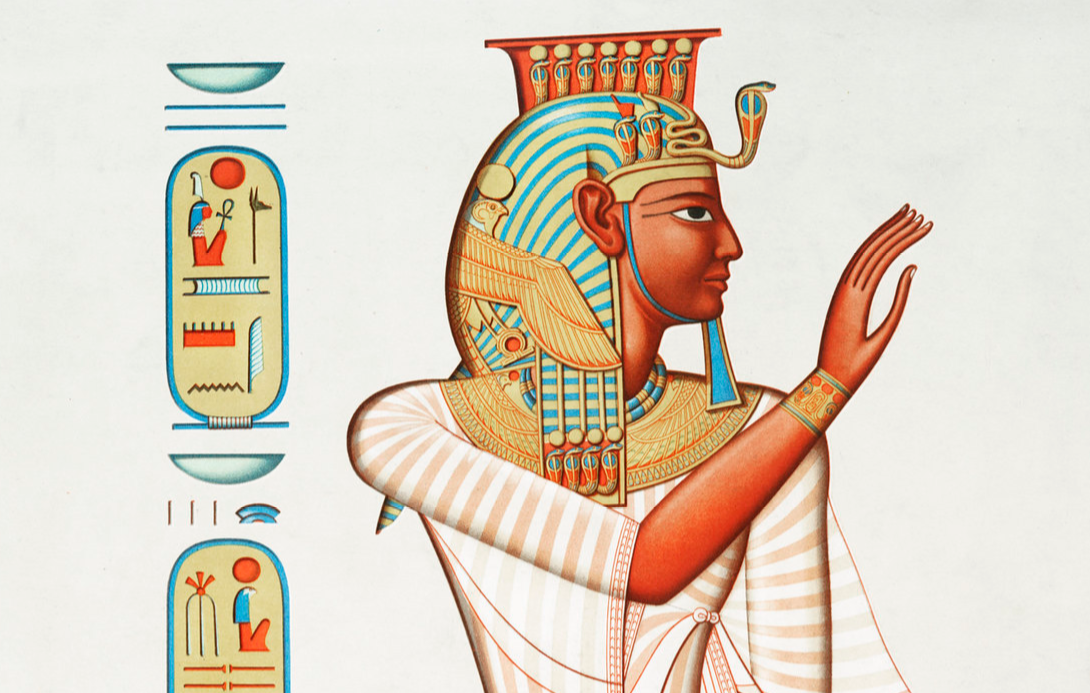
Egyptology
The Rare Books and Special Collections Library is one of the most comprehensive research libraries for Egyptology in the country and has resources that support high-level research.
The collection covers all aspects of ancient Egypt; among the topics represented in the collection are excavation reports, architecture, religion, science and technology, epigraphy, language and literature and papyrology.
For guidance, contact our specialists and see visiting and doing research.
Search our collections via the Library Catalog and Rare Books and Special Collections Digital Library.
